
Question and Answers Forum
Question Number 41555 by Raj Singh last updated on 09/Aug/18
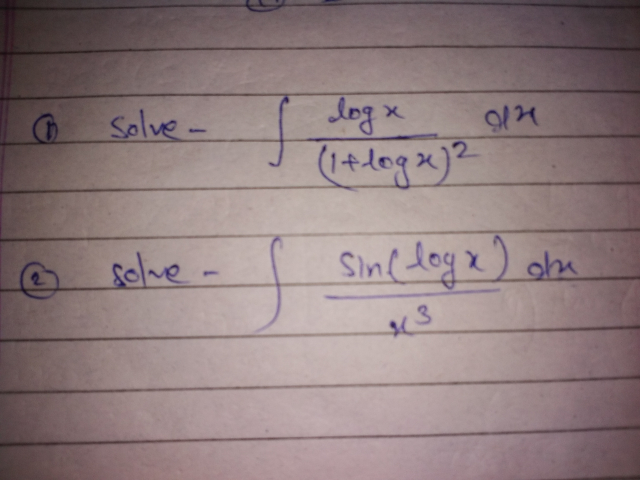
Answered by alex041103 last updated on 09/Aug/18
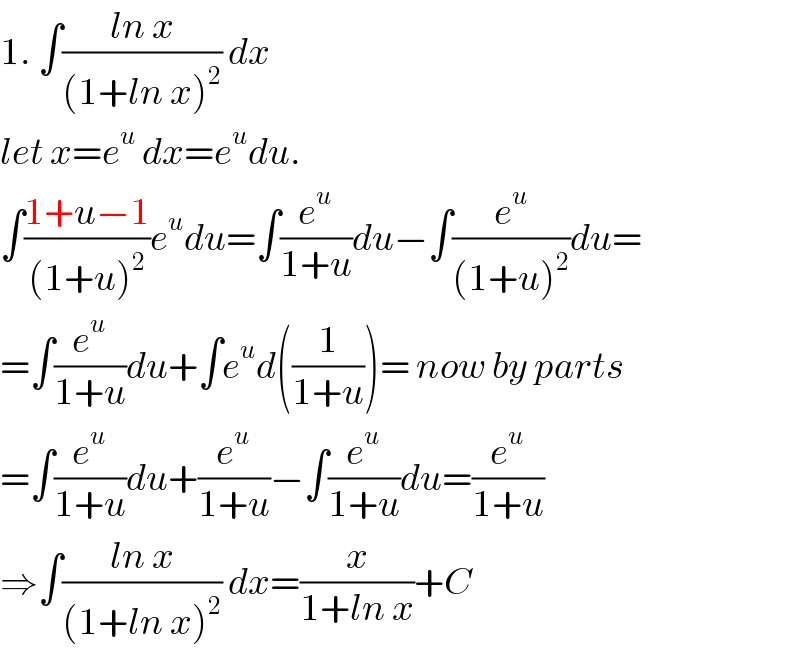
Answered by tanmay.chaudhury50@gmail.com last updated on 09/Aug/18
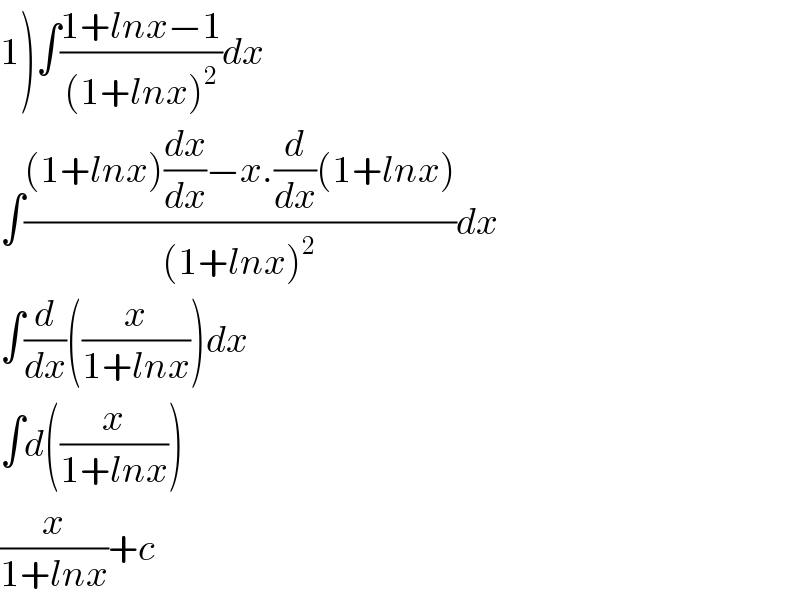
Answered by alex041103 last updated on 09/Aug/18
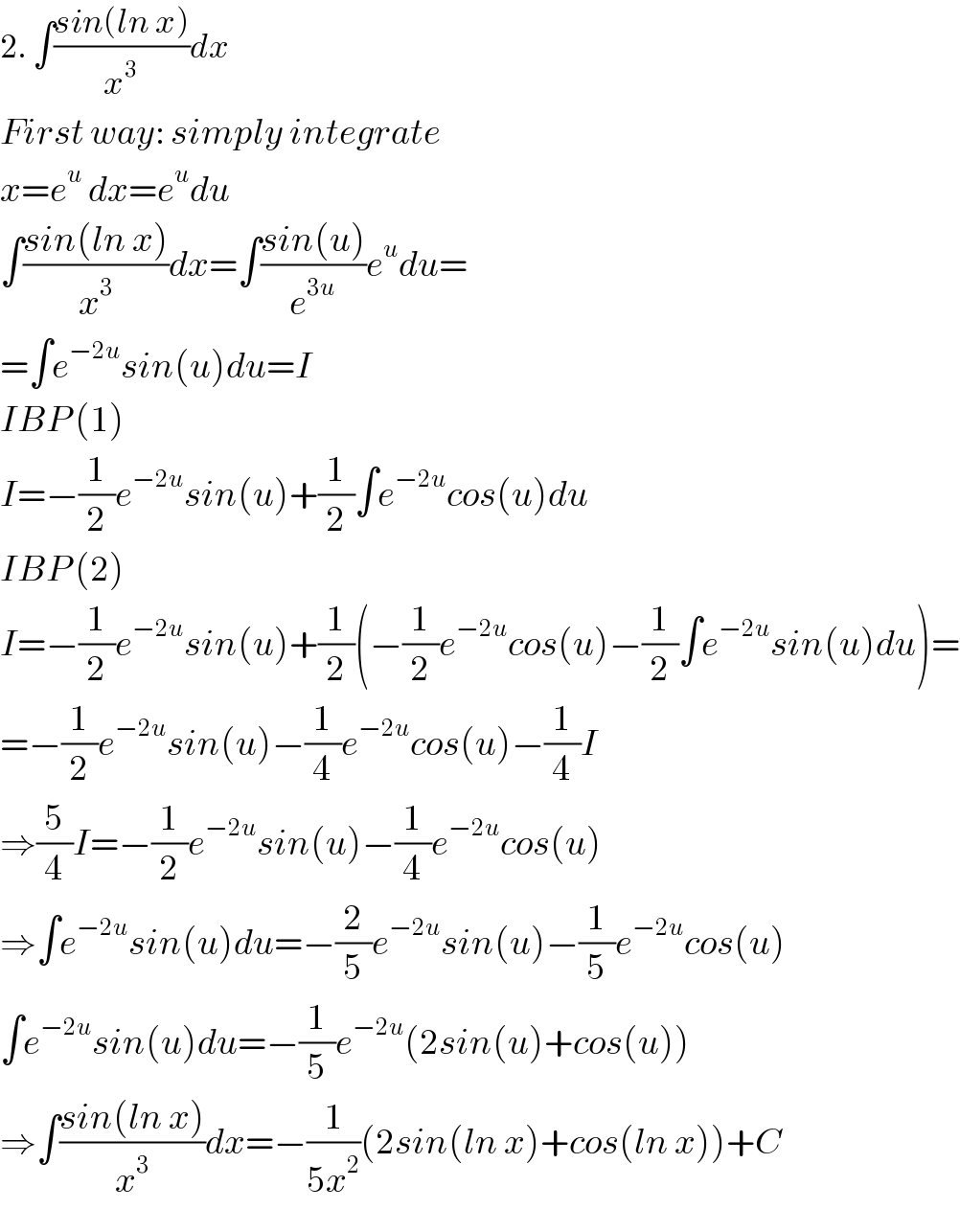
Commented by alex041103 last updated on 09/Aug/18
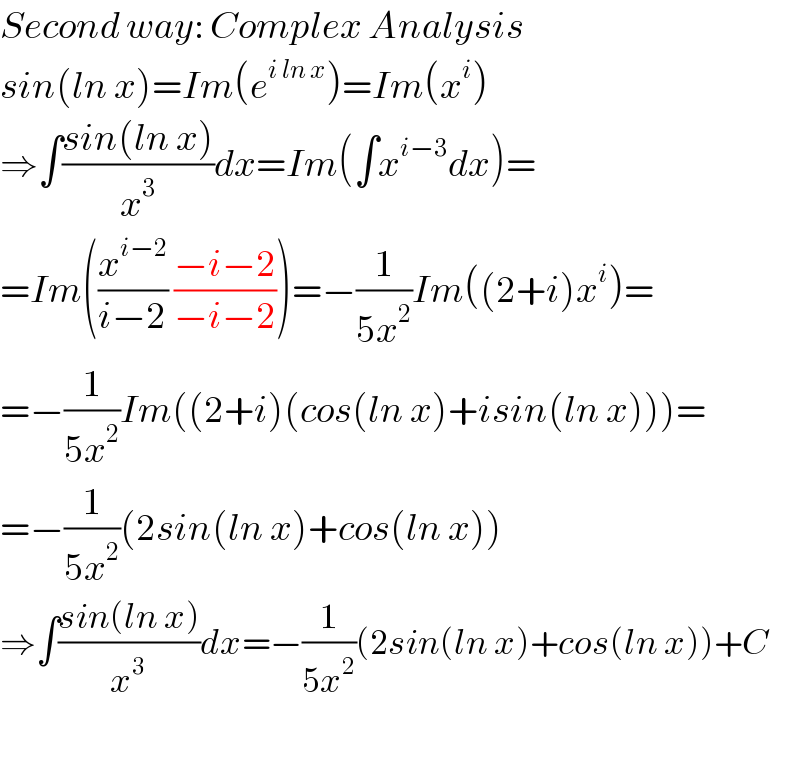
Answered by tanmay.chaudhury50@gmail.com last updated on 09/Aug/18
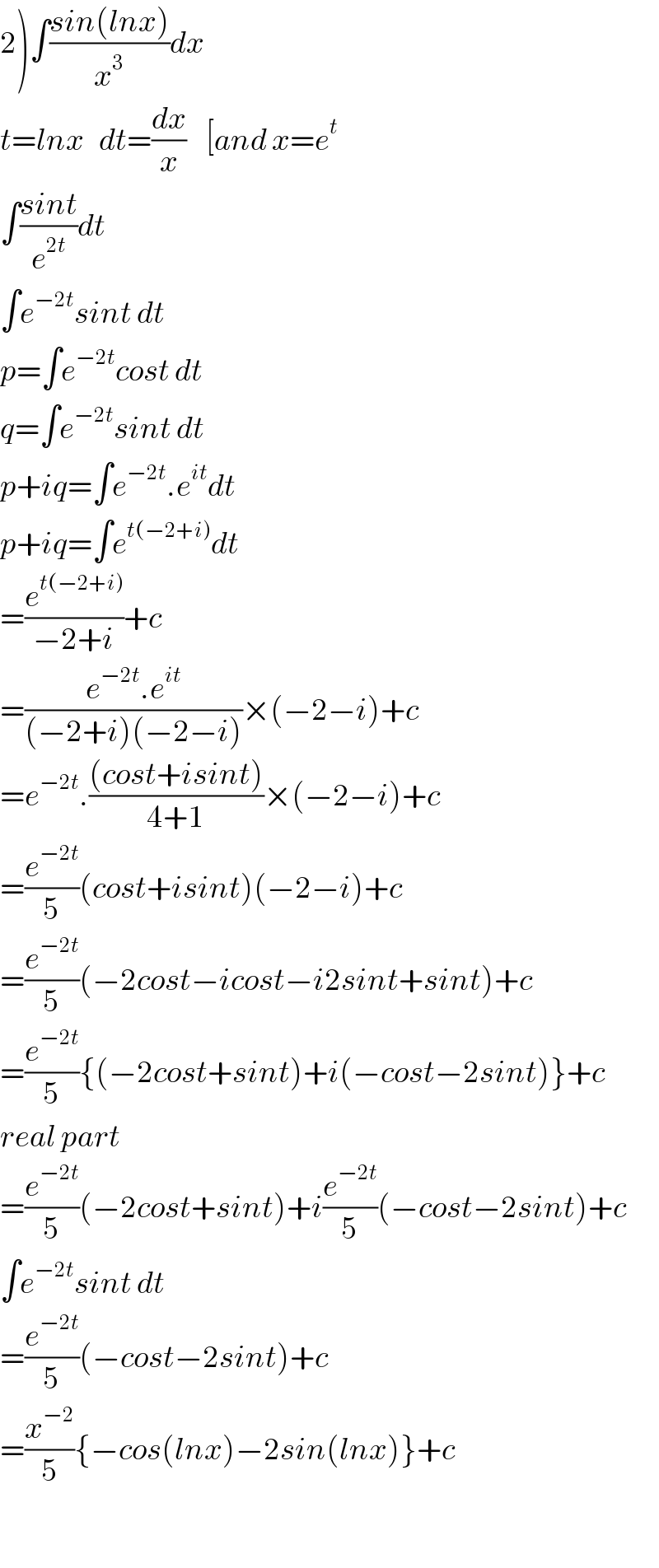
Answered by maxmathsup by imad last updated on 09/Aug/18
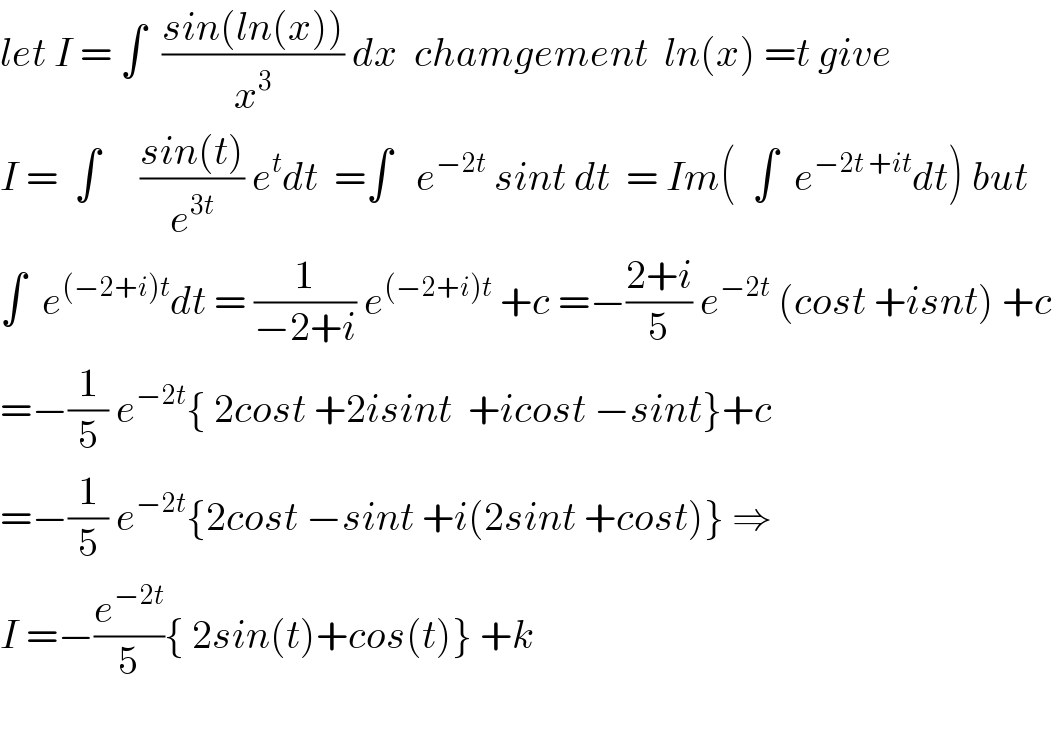
Commented by maxmathsup by imad last updated on 09/Aug/18

